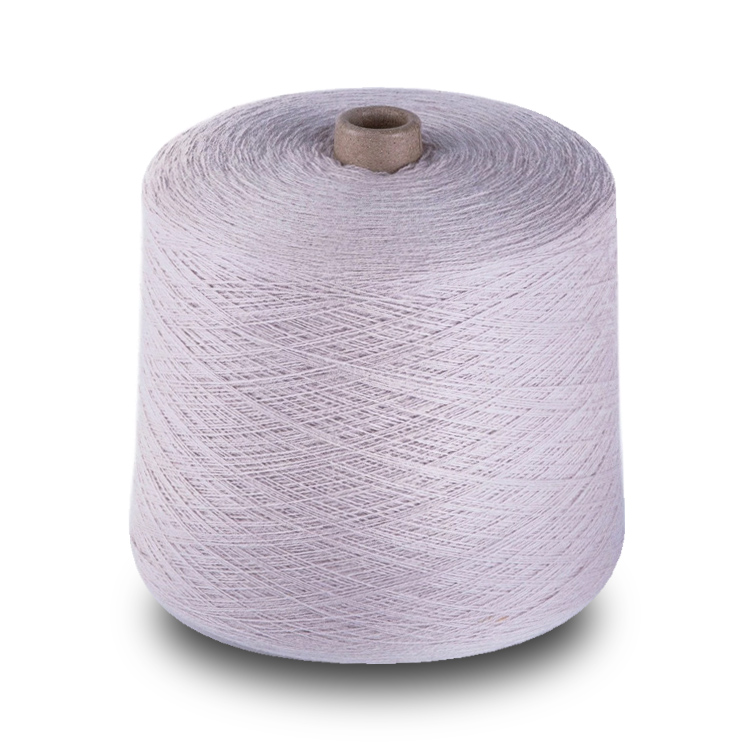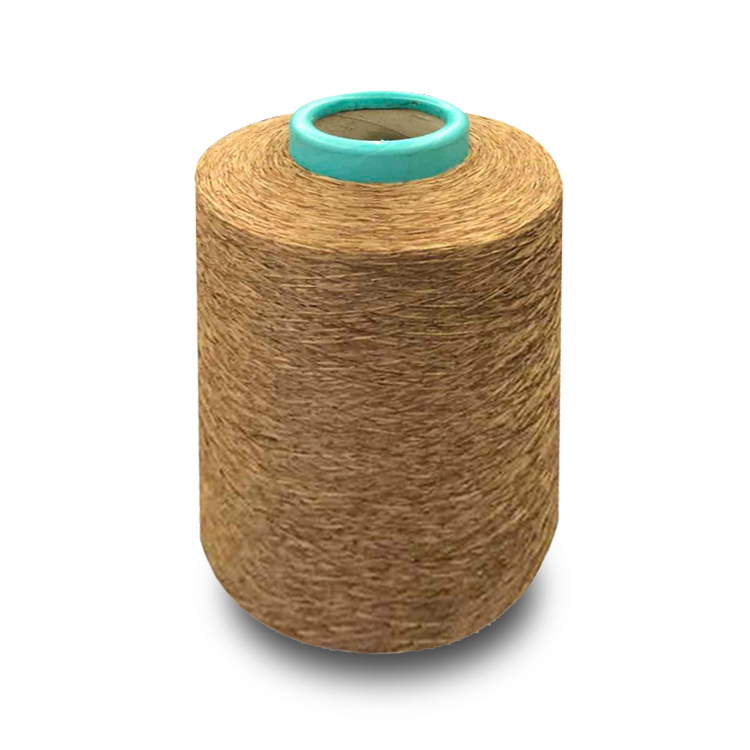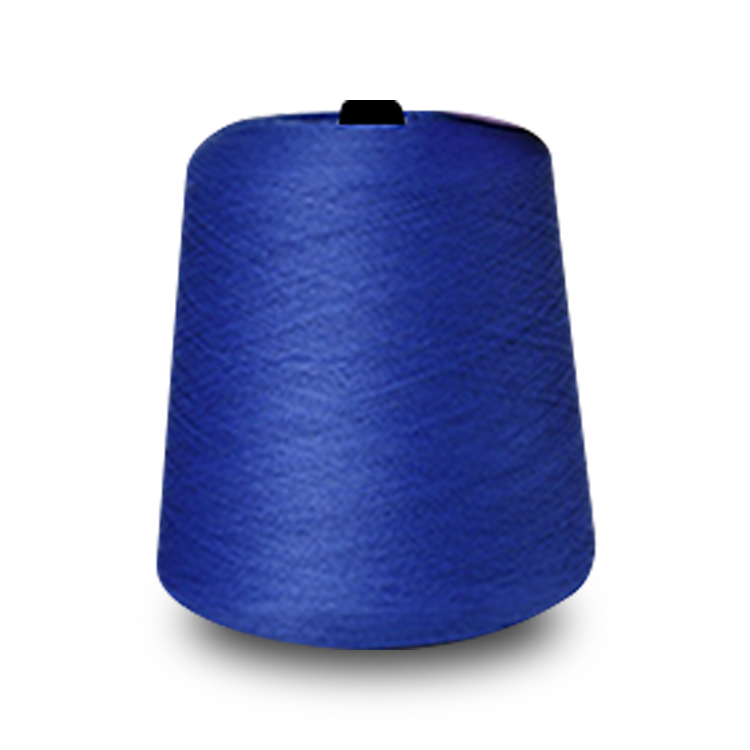
Textile Sewing Thread Inspection(3)
Analysis of sewing thread Chemical Performance
PH content, formaldehyde content, lead content, azo dye test, heavy metal content test, water absorption, moisture content, odor, mercerizing effect of cotton, hot pressing, dry heat, storage sublimation, acid spot, alkali spot, water spot, phenolic yellowing, etc.

Formaldehyde testing: A certain amount of free formaldehyde or formaldehyde released from the sewing thread is extracted in a certain way, and then the formaldehyde content in the thread is calculated by colorimetric test. Specific tests are carried out according to customer requirements. Textile yarns can be treated with resin to improve the wrinkle resistance of yarns. This resin finishing agent is directly synthesized from formaldehyde, so a certain amount of formaldehyde will remain in the finished thread . Crosslinking agent in pigment printing paste and fixing agent used after dyeing with direct dyes and reactive dyes can make certain formaldehyde residue on garment materials.
PH value test: Accurate measurement of thread solution acidity and alkalinity is carried out with a pH meter. The value read by the pH meter is the measured pH value.
Water-repellent, oil-repellent and anti-fouling test: The resistance of thread s to water, oil and stain is tested in a certain way. The main purpose is to test the thread after three-proof finishing.
Flame Retardant Testing: Put the sample on the flame retardant tester according to the regulations for combustion, and see its flame spread time.
Prohibited Azo Dye Testing: It is one of the most important quality monitoring items in international textile and garment trade and one of the most basic quality indicators of ecological textiles. It is mainly analyzed and tested by gas chromatography. Azo dye testing is divided into three methods, textiles (textiles except polyester and leather), polyester (polyester), leather (dermis), so the composition of yarn must be provided for azo testing. [4]
component analysis

(Fiber Content Analysis):
Cotton, linen, wool (sheep, rabbit), silk, polyester, viscose, spandex, nylon, velvet content, etc.
Fiber composition analysis: Firstly, the qualitative analysis of thread fibers is carried out. There are many kinds of qualitative analysis, such as combustion method, melting point method, hand-feeling visual measurement method, microscopic slice analysis method, etc. Generally, the microscopic slice analysis method is used, that is, the slicer is used to observe the fibers under the microscope, and according to their appearance, the fibers are judged. Class I, then according to different fibers with different solvents for qualitative analysis, calculate the specific content of components.
Eco-textile control projects: banned azo dyes, carcinogenic dyes, sensitizing dyes, extractable heavy metals, pentachlorophenol, organochlorobenzene and chlorotoluene, free formaldehyde, organotin compounds, banned phthalate plasticizers, insecticides, hexavalent chromium, nickel release, total lead, total cadmium, pH value, color fastness etc.




